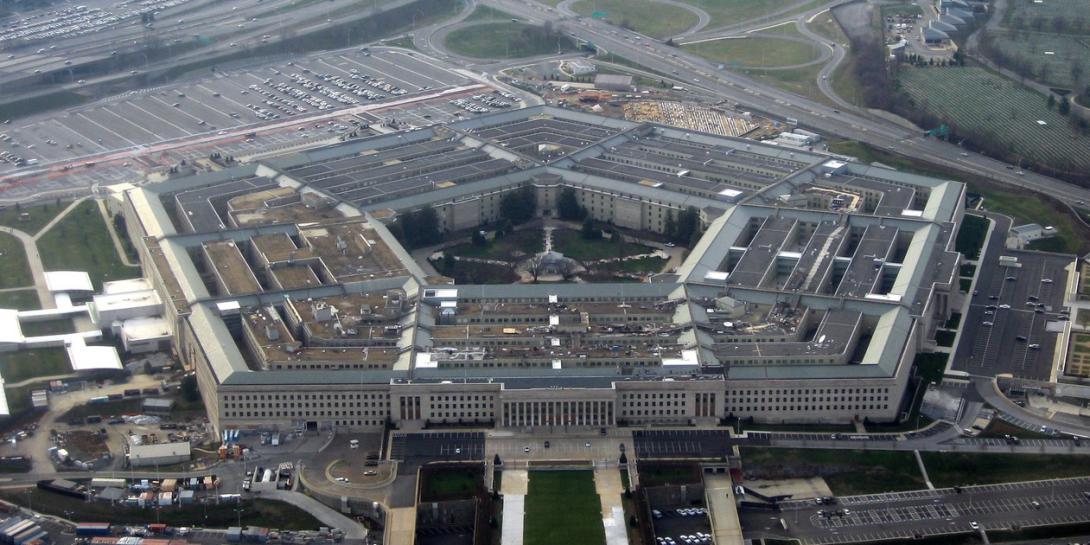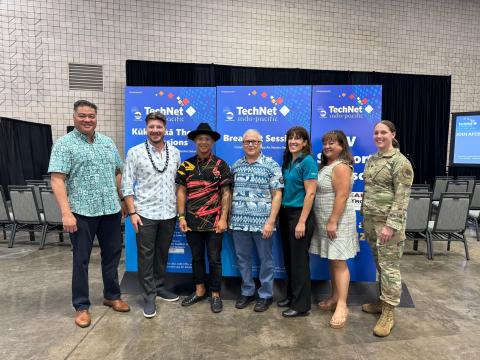Coronavirus Rewrites Business Rules for Small Federal Contractors
Small business contractors working with the federal government are facing unique challenges as they try to fulfill their contractual obligations amid COVID-19 site shutdowns. Their problems range from workers compensation details to meeting contractual specifications when not allowed to work on government sites. These problems may just be the tip of the iceberg as the government moves forward in the post-COVID-19 era, experts say.
Uncertainty is the overriding concern of federal small business contractors, says Forrest Burke, CEO of Connected Logistics. He relates that the federal government has shown flexibility in the move toward telework, and that flexibility has helped the transition become more seamless. But the top priority for many small businesses is to maintain their staff, and that often requires out-of-pocket outlays to keep people on the payroll.
The biggest impact on federal small business contracts has been on the traditional reliance on on-site work integrated with the government workforce, says Sumeet Shrivastava, president and CEO, Array Information Technology. Business processes and systems have been built around that type of interaction, and they were not ready for a move to telework. When military bases and government sites closed, people couldn’t show up for work and were not authorized to work from afar.
By nature of its activities, industry has been better prepared for distance working, especially small businesses. They have had an inherent ability to transition to teleworking offsite, as opposed to government offices rooted in onsite activities. Small companies needed this flexibility as part of their business plan, Shrivastava states, but government focused on its facilities. “The culture of the federal government in general, in particularly the Defense Department, has predominantly been about, ‘Show up on my site, integrate with my people and go from there,’” he says.
But not being able to work on a federal contract site has put many small businesses in a bind, Shrivastava points out. Most are paying their employees with little to no hope of remuneration. Some vendors have check-based payments, which requires physical access.
Some portions of the bill recently passed by Congress incentivize small businesses to continue to maintain their payroll, he notes. But the real issue becomes timing. “Do you have enough in your working capital line of credit? The smaller the business you are, the less likely you have a decent line of credit to tap into,” he allows. “Can you cover these costs until these processes get sorted out?”
Many of the potentially catastrophic fiscal byproducts of not being able to work onsite need not happen, Shrivastava says. In many cases, contract officers can waive some requirements as part of their contract authority. Burke notes that the cost of employees can be transferred back to the federal government through the employer. But items such as additional personal protective equipment (PPE) and employment practice liability insurance are direct allowable costs that were not foreseeable and factored into prices. Contracting officers can make fair and equitable adjustments to changes in circumstances that were not caused by the contractor, he points out.
Most contracting officers are willingly making these types of necessary adjustments, Burke continues. However, not all of them are that flexible, especially those in a fixed-price environment.
Insurance, insurability and indemnification requirements remain to be determined. Burke points out that businesses considered critical must continue their mission, so they must ask employees to enter work circumstances in which adequate PPE may not be available. For example, implementing mission-critical upgrades may require on-site visits where a mission commander is reticent about admitting outside personnel. Mixing the two types of people can increase the chances of the virus spreading, which forces the small business to grapple with risk management.
And if contractor personnel do fall ill, there may be no indemnification in the law, Burke continues. Work-related exposure claims might not be covered under workers compensation, employment practices liability or even umbrella policies. “There are a lot of small businesses that don’t have a tiered insurance approach,” he states. Work-related claims have the potential to cripple or kill some small firms, and surviving companies may see high increases in quotes for workers compensation and health insurance. Burke calls for the Defense Department to seek some form of reasonable indemnification for contractors performing critical missions, even legislation if necessary.
“When all parties are acting in good faith, there should be some sort forms of limitation and indemnity,” he states.
For contract adjustments, the Federal Acquisition Regulation (FAR) has many provisions that allow contractors to make these kinds of adjustments, Burke observes. The challenge for small businesses is to find and point out all of these provisions and to get their contracting officers to agree to make the needed changes, he adds.
Other related contract challenges loom. Sick leave mandates may affect the availability of the workforce, even with telework. For many contracts, business solvency is determined by reaching a number of productive, billable hours within a certain period. Small businesses could be affected by fewer cost pools to absorb government-mandated changes. Again, contracting officers can alleviate this problem.
Even travel is affected. Contractors use government per diem guidelines for their travel policy. For travel between long-distance points, air is the least expensive medium. Yet airline restrictions, along with the desire to minimize exposure to other people, have compelled some small business to shift to land-based travel. The Defense Department can direct its contracting officers to consider temporary travel exceptions for essential missions, Burke offers.
Just breaking the mold for on-site work has presented unforeseen challenges. Shrivastava cites one example of a major program trying to perform a test cycle for deploying a significant capability to the warfighter. This test historically has been done on physical premises, but there is no reason it cannot be done virtually, he offers. The only drawback is that it has never been conducted virtually, so engineers are trying to redefine the infrastructure so that people can join an online forum to perform the exact same test while sitting at their own machines. The delivery date has had to be changed, but the only real issue is that it hasn’t been done before, he says.




Comment
Thank You !
Thank You !
Your discussion of the flexibility that Contracting Officers have to adjust the T&Cs of a contract as needed was "spot-on".
Comments